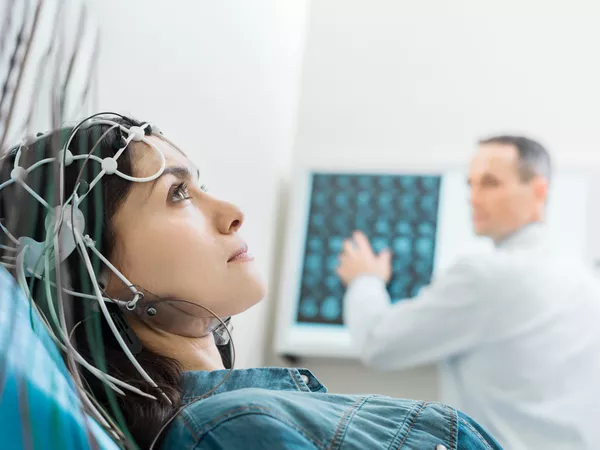OPINION
Published on 14 Aug 2018
Cognitive Impairment in Children and Adolescents With Migraine
doi 10.3389/fneur.2018.00667
- 5,148 views
- 6 citations
7,614
Total downloads
36k
Total views and downloads
You will be redirected to our submission process.
OPINION
Published on 14 Aug 2018
ORIGINAL RESEARCH
Published on 20 Mar 2018

ORIGINAL RESEARCH
Published on 06 Mar 2018

ORIGINAL RESEARCH
Published on 05 Mar 2018

ORIGINAL RESEARCH
Published on 22 Jan 2018

ORIGINAL RESEARCH
Published on 19 Jan 2018

MINI REVIEW
Published on 14 Dec 2017
ORIGINAL RESEARCH
Published on 12 Dec 2017

